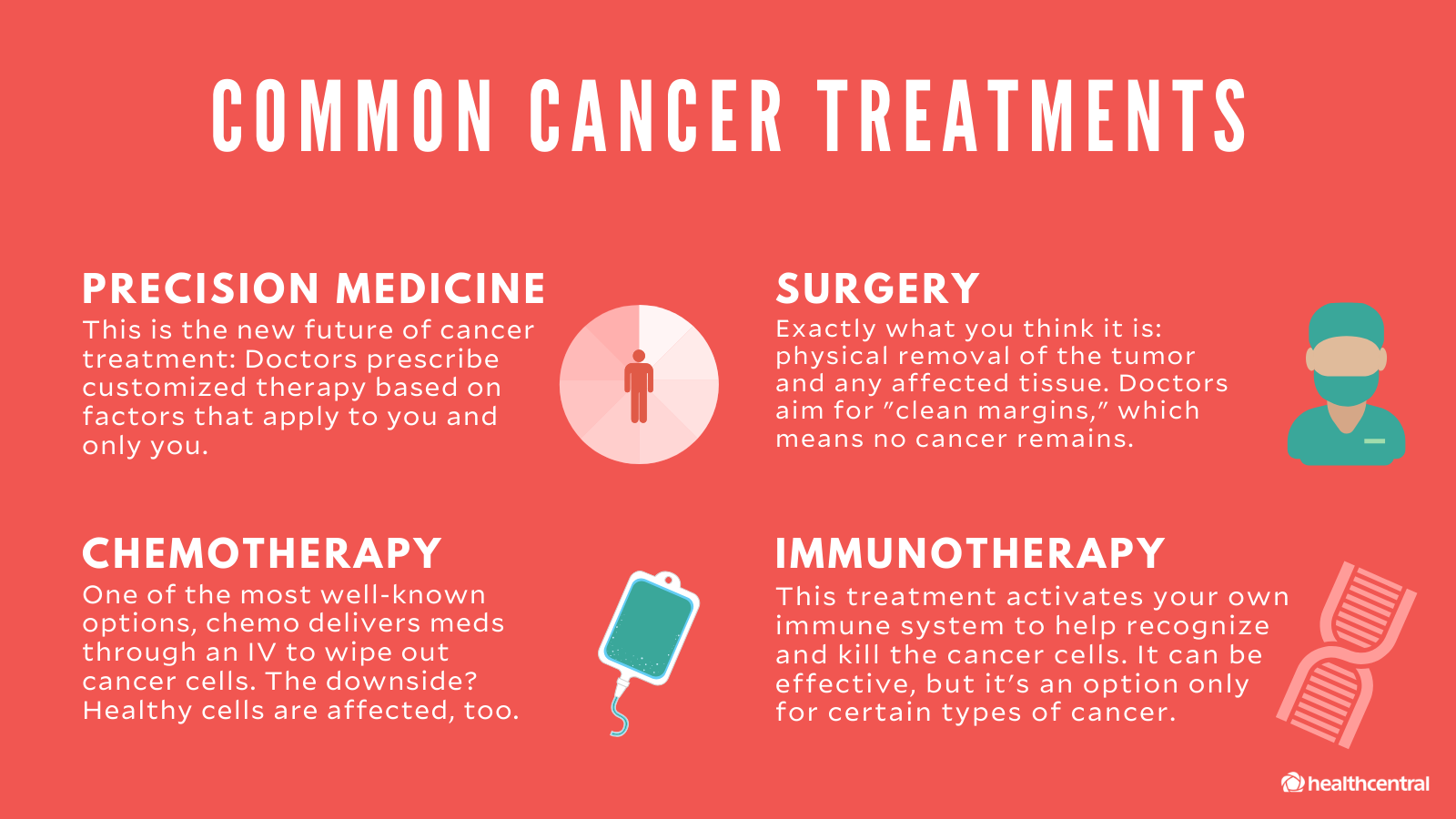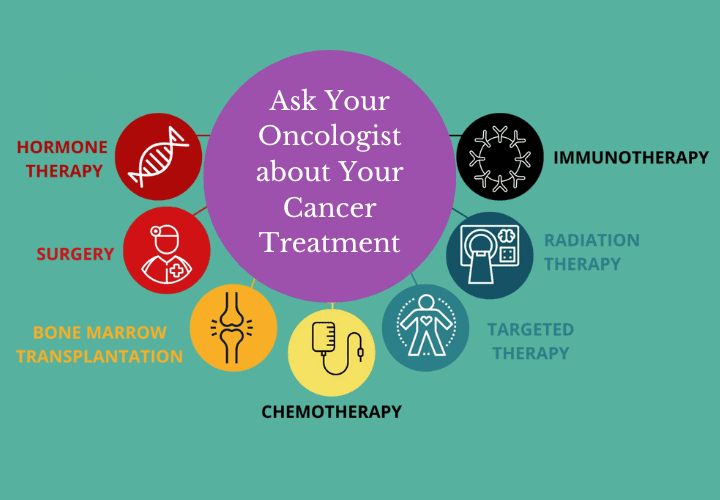Getting The Arogyajivan Medical Tourism For Oncology To Work
Getting The Arogyajivan Medical Tourism For Oncology To Work
Blog Article
The 5-Minute Rule for Arogyajivan Medical Tourism For Oncology
Table of ContentsThe 7-Second Trick For Arogyajivan Medical Tourism For OncologyUnknown Facts About Arogyajivan Medical Tourism For OncologyThe Greatest Guide To Arogyajivan Medical Tourism For OncologyExamine This Report on Arogyajivan Medical Tourism For OncologyArogyajivan Medical Tourism For Oncology for DummiesThe smart Trick of Arogyajivan Medical Tourism For Oncology That Nobody is DiscussingAbout Arogyajivan Medical Tourism For Oncology
According to the American Cancer Society (ACS), doctors in the United States detect of cancer cells cases in people ages 50 years or older. Genetic factors can contribute to the advancement of cancer cells.Genes also influence the cells' production of healthy proteins, and proteins carry several of the directions for cellular development and division. This to a predisposition for cancer.
Arogyajivan Medical Tourism For Oncology Can Be Fun For Everyone
These mutations might add to the growth of of cancer cells situations. Some genetic anomalies that increase the risk of establishing cancer cells occur after birth. Medical care professionals refer to these adjustments as "obtained genetics mutations". Possible reasons consist of smoking and sunlight direct exposure. These genetic modifications trigger cancer more frequently than acquired gene mutations.

Doctors categorize cancer by its place in the body and the cells that it develops in. Improvements in cancer cells detection, raised understanding of the risks of cigarette smoking, and a drop in cigarette usage have all contributed to a year-on-year decrease in the number of cancer diagnoses and deaths.
What Does Arogyajivan Medical Tourism For Oncology Mean?
Some cancers cells create early signs, yet others do not exhibit signs up until they are a lot more advanced. The ideal means to recognize cancer very early is to report any kind of uncommon, persistent signs to a medical professional so they can use guidance concerning any kind of more screening that might be required.


After nonmelanoma skin cancer, bust cancer cells is the most common type in the United state
Examples of instances methods include techniquesConsist of radiation treatment therapy, and surgery. Some individuals benefit from more recent alternatives, such as stem cell transplant and accuracy medication. The medical diagnosis and death rates of cancer are going down annual.
The major kinds of cancer cells therapies are presented briefly on this web page and defined in information in their visit this site corresponding areas. Cancer cells medicines take years to make their means to people.
In the majority of cancers cells, numerous therapy choices should be used with each other (either at the exact same time, or one after the other) to get the very best outcomes. This figure contrasts the advantages and disadvantages of the 3 sorts of cancer therapy choices. In the left panel, a patient has a lung cancer cells; in the magnifying listed below, there are cancer cells (in green) and normal cells from bordering cells (in this situation, lung).
The smart Trick of Arogyajivan Medical Tourism For Oncology That Nobody is Talking About
The effects of each treatment (radiation, surgery, systemic therapy) are shown on the right; note that there are essential differences in just how web link these therapies affect the cancer cells and the individual (described below). With radiation treatment, 3D versions are created of the growth and the bordering regular area. Radiation therapy is focused on the growth, and the regular cells are stayed clear of (akin to a magnifying glass focusing light).
at the time of surgical procedure) ability to (which may help to ease the pressing of a growth on close-by body parts); or it may be done before surgical treatment to shrink lumps to a dimension that makes them treatable with surgery (resectable). relative for the patient (radiation can be delivered from beyond the body and concentrated on the lump, is pain-free, and normally does not need anesthesia) (i.e.
4 Easy Facts About Arogyajivan Medical Tourism For Oncology Explained
not getting rid of a bust, larynx, or component of the gastrointestinal system, which would have significant adverse effect on a clients quality of life excitement of an against the growth The negative aspects of radiation treatment consist of: (e (ArogyaJivan Medical Tourism for Oncology).g. lung, heart), depending on just how close they are to the tumor lack of ability to kill lump cells that can not be seen on imaging scans and are for that reason not constantly included on the 3D versions made use of to plan have a peek here the radiation This can consist of cancer in near-by lymph nodes or cancer cells that has actually spread to remote locations ()
This is most likely with big tumors. failure to ease in particular parts of the body (e.g. mind). This can bring about the requirement for surgical procedure. poor killing of cancer cells in locations that do not have a good supply of oxygen (e.g. in an area after surgical treatment; in a limb with an inadequate blood supply) raised incidence in (e.g.
in many cases it need to be provided daily, 5 days weekly, for 1-2 months) For much of human history, surgery was the very first line of therapy for several solid growths. With surgical treatment, a person is taken to the operating space, placed under anesthetic, and the lump eliminated. For some cancers cells, the whole lump can not be removed, but a few of it can be eliminated, a procedure called debulking.
Arogyajivan Medical Tourism For Oncology Fundamentals Explained
in the brain, where specific chemotherapy can not reach) potential ability to (the person may be cured with surgery alone) capacity to consider the malignant tissue (Tissue examples can be taken a look at to make a decision the very best therapy alternatives for that specific patient. If the client has actually already been treated, the examples can be used to see just how the cancer cells reacted to previous treatment to see if even more of that treatment needs to be offered or if the therapy requires to be changed.
Report this page